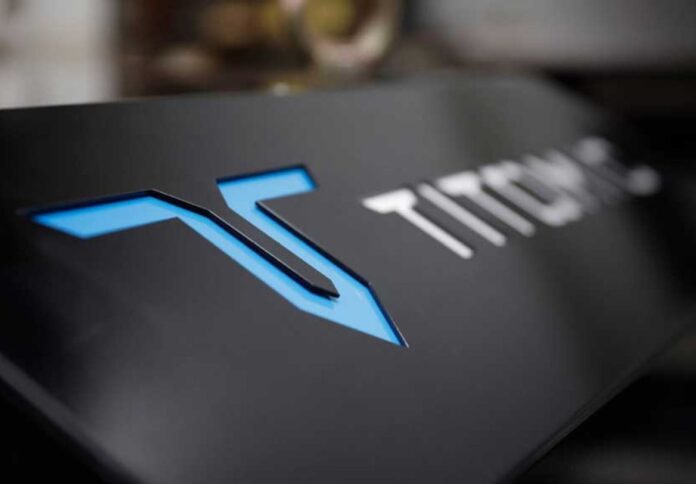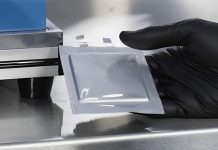
Titomic Limited announced the sale of a custom Titomic Kinetic Fusion System (TKF System) to US-based Triton Systems for USD 808,000 (AUD 1.2 million).
The TKF System, slated for delivery within 9 months, marks Titomic’s first sale of such a system within the United States, the company said in an ASX announcement.
The strategic acquisition by Triton is part of its larger investment to pioneer new and innovative manufacturing applications.
Established in 2020, the partnership between Titomic and Triton aims to incorporate Titomic’s Kinetic Fusion technology in various sectors, including defence, aerospace, industrial, and power generation markets.
In particular, the TKF System provides Triton with significant capabilities, enabling rapid and cost-effective additive manufacturing of large-area, high-performance parts from materials like aluminium, titanium, steels, and nickel-based superalloys.
Additionally, it facilitates the development of new applications using multiple metals applied layer-by-layer.
Among the applications Triton aims to explore with the TKF System are armaments, barrels, electro-magnetic shielding, armour, large-scale structures, propulsion systems, metal restoration, and functional coatings.
Titomic’s Managing Director Herbert Koeck emphasised the significance of this sale in validating Titomic’s commercial strategy and technology.
“It highlights the importance of our Kinetic Fusion technology in the United States and global defence sectors and sets the stage for further sales, showcasing proven implementation and innovation in defence and commercial manufacturing,” he noted.
Meanwhile, David Model, Triton’s chief operating officer, echoed Koeck’s sentiments, stating that the acquisition of the TKF System enhances Triton’s R&D and manufacturing capabilities.
“This investment strengthens our ability to innovate and underscores our dedication to delivering superior solutions for defence and commercial applications,” Model concluded.




















